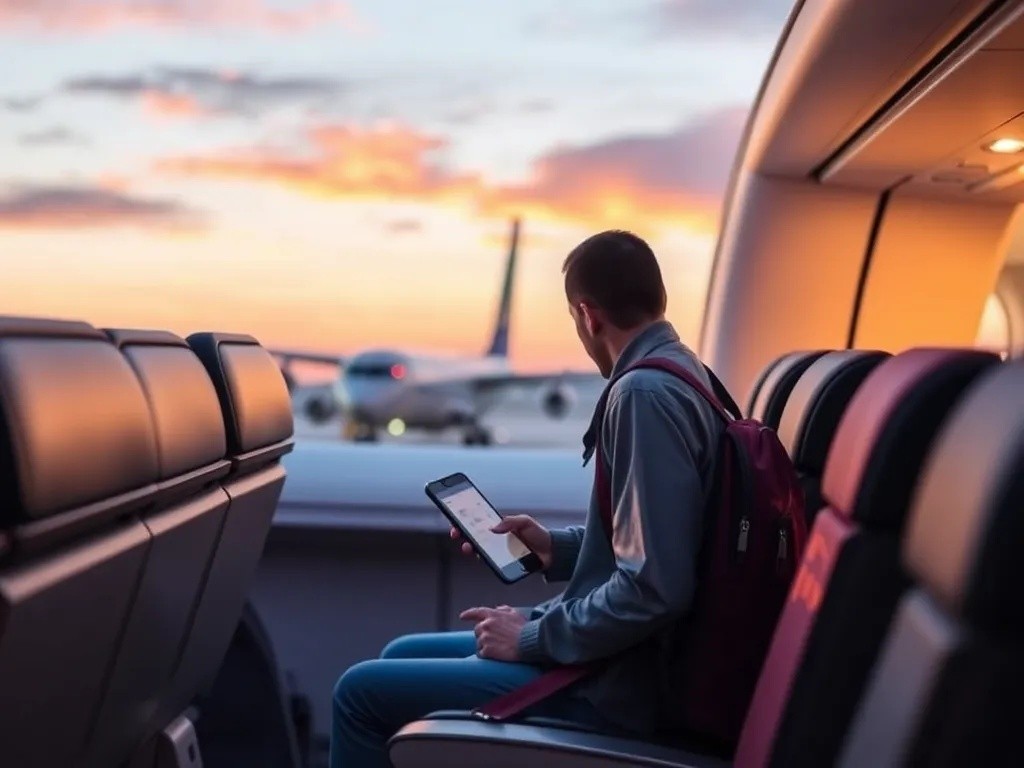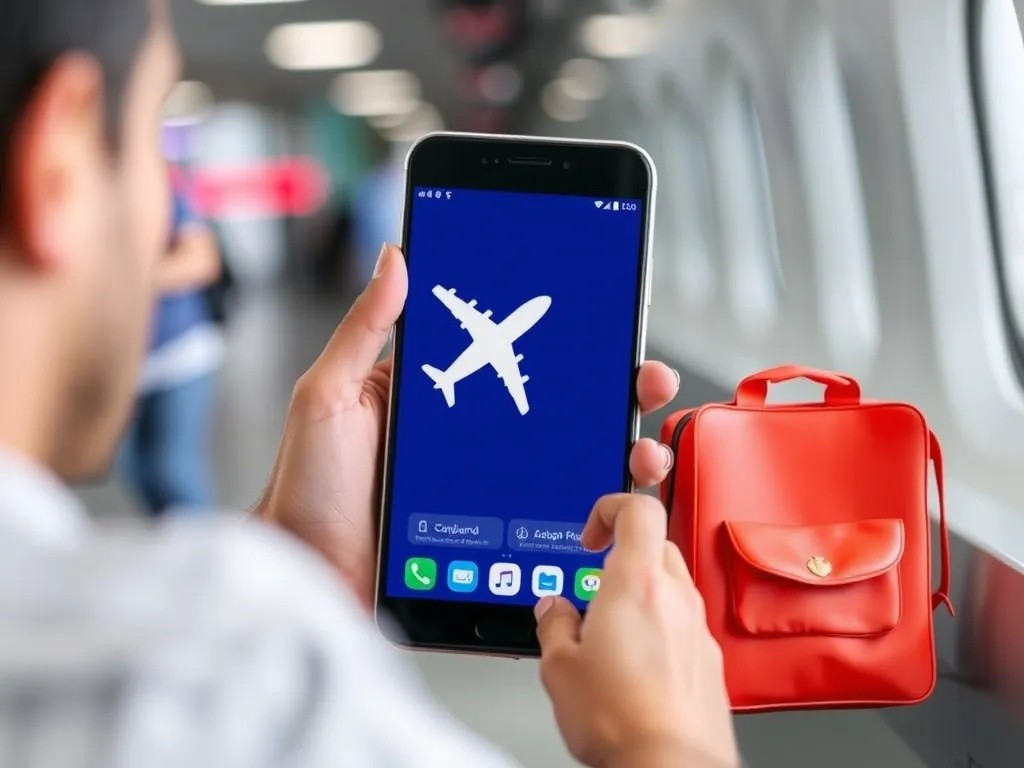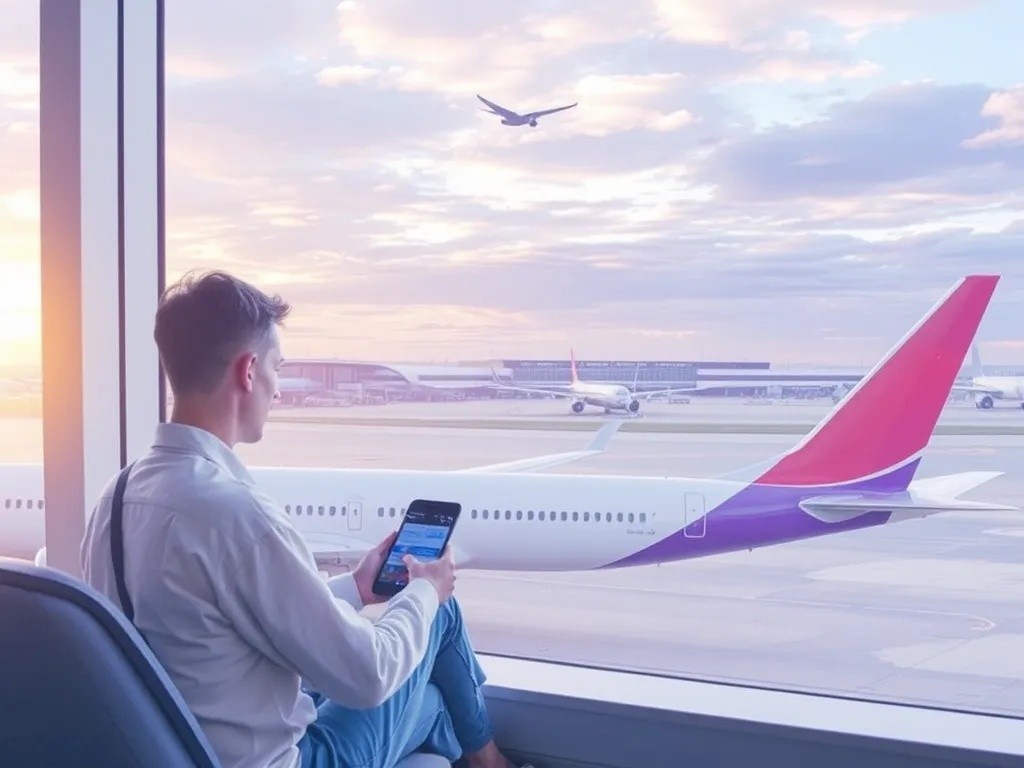Connecting flights can be a traveler's best friend or worst nightmare. While they often offer significant savings and access to destinations that direct flights can't reach, horror stories of missed connections, lost luggage, and stranded passengers are all too common. However, with proper planning and smart booking strategies, you can navigate connecting flights successfully and avoid becoming another travel disaster story.

Understanding the Risks and Benefits
Connecting flights present both opportunities and challenges. On the positive side, they can save hundreds of dollars compared to direct flights, open up more routing options, and sometimes provide shorter total travel times when direct flights aren't available. However, each connection adds complexity and potential failure points to your journey.
Common Connection Pitfalls
The most frequent problems travelers encounter include insufficient layover times, different terminals or airports for connections, weather-related delays affecting tight connections, and baggage that doesn't make the transfer. Understanding these risks is the first step toward avoiding them.
Strategic Booking Approaches
Minimum Connection Times
Airlines publish minimum connection times (MCTs) for each airport, representing the shortest legally allowable time between flights. However, these minimums assume everything goes perfectly. Smart travelers add significant buffer time beyond these minimums.
For domestic connections in the United States, aim for at least 90 minutes to two hours, especially in large, busy airports. For international connections, allow three to four hours minimum. If you're traveling during peak seasons, bad weather periods, or through notoriously congested airports, add even more time.
Choosing Your Connecting Airport Wisely
Not all airports are created equal for connections. Some airports excel at efficient transfers, while others are notorious for delays and complications. Research your potential connecting airports before booking.
Airports like Amsterdam Schiphol, Singapore Changi, and Denver International are known for smooth connections and excellent facilities. Avoid airports with poor on-time performance records or those undergoing major construction unless absolutely necessary.

Airline and Alliance Considerations
Single Airline vs. Multiple Airlines
Booking all segments on the same airline or within the same airline alliance provides significant advantages. When delays occur, the airline has more responsibility and flexibility to rebook you on alternative flights. They can also hold connecting flights for delayed passengers when feasible.
If you must book with different airlines, treat each segment as a separate trip and allow extra time between flights. Remember that airlines have no obligation to help with connections on separately booked tickets.
Hub Airport Strategy
Major airlines operate hub-and-spoke systems, with frequent flights between their hub cities and destinations. Connecting through an airline's hub airport often provides more rebooking options if problems arise. For example, if you're flying Delta, connecting through Atlanta offers dozens of alternative flights if your original connection is missed.
Practical Booking Tips
Timing Your Connections
- Avoid the first flight of the day for your final segment – delays in your incoming flight won't leave you stranded overnight
- Book afternoon connections when possible, giving morning flights time to catch up from overnight delays
- Consider seasonal factors – winter connections need more buffer time for weather delays
- Account for time zone changes in your planning
Documentation and Preparation
Ensure all necessary travel documents are easily accessible during connections. If traveling internationally, verify visa requirements for connection countries – some require transit visas even if you don't leave the airport.
Download airline apps and enable notifications for real-time flight updates. Having mobile boarding passes reduces dependency on airport kiosks and speeds up connections.
Backup Planning and Insurance
Building Flexibility Into Your Itinerary
Don't schedule important meetings or events immediately after arriving at your destination. Build in a buffer day when possible, especially for crucial business trips or special occasions like weddings.
Research alternative routing options before you travel. Know which airlines serve your destination and what other connecting cities might work if your original plan fails.
Travel Insurance Considerations
Comprehensive travel insurance can provide coverage for missed connections, additional accommodation costs, and rebooking fees. However, read the fine print carefully – some policies exclude coverage for insufficient layover times that you chose.

Managing Luggage on Connections
Carry-On Strategy
Pack essential items in your carry-on luggage, including medications, important documents, a change of clothes, and basic toiletries. This strategy protects you if checked luggage doesn't make the connection.
Consider traveling with only carry-on luggage for trips with tight connections or multiple stops. This eliminates baggage transfer risks entirely.
Baggage Transfer Protocols
When checking bags on connecting flights, confirm that they're tagged to your final destination. Keep your baggage claim tickets and take photos of your luggage for identification purposes if bags go missing.
Day-of-Travel Execution
Airport Navigation
Study airport maps before traveling and identify the locations of your arrival and departure gates. Download airport apps that provide real-time terminal information and walking directions.
Upon landing, immediately check departure boards for your connecting flight's gate and any schedule changes. Don't assume the gate printed on your boarding pass is current.
Communication with Airlines
If you experience delays that might affect your connection, contact the airline immediately. Gate agents and customer service representatives have more rebooking options than mobile apps or websites, especially during irregular operations.
Conclusion
Successfully booking and executing connecting flights requires careful planning, realistic time expectations, and backup strategies. While the process involves more complexity than direct flights, the savings and routing flexibility can make connecting flights worthwhile when approached strategically.
Remember that the cheapest option isn't always the best value if it results in missed connections, overnight hotel stays, and travel stress. Invest in reasonable layover times, choose reliable airlines and airports, and prepare for contingencies. With proper planning, connecting flights can expand your travel possibilities without creating disaster stories.
